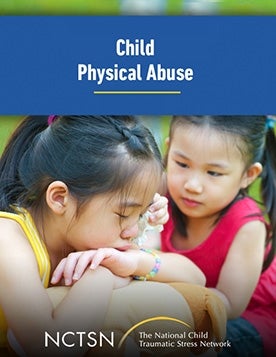
Empowering Families Through Evidence-Based Interventions 1: Individual Child and Parent Skill...
Highlights evidence-based interventions aimed at empowering families, including individual treatment for children and skill building for parents.
The following resources on child trauma were developed by the NCTSN. To find a specific topic or resource, enter keywords in the search box, or filter by resource type, trauma type, language, or audience.

Highlights evidence-based interventions aimed at empowering families, including individual treatment for children and skill building for parents.
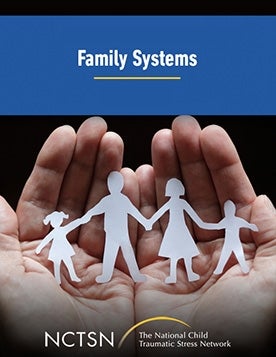
Discusses the reasoning and importance of including a family in trauma-informed care. This webinar presents theories that explain the role of the family in response to trauma and reviews objectives and core therapeutic strategies that can be used with families to support positive adaptation.
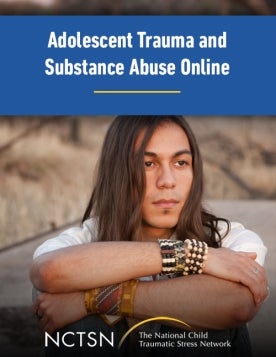
Provides training and materials for mental health clinicians and substance abuse treatment providers on the complex intersections between psychological trauma and co-occurring substance abuse and dependency.
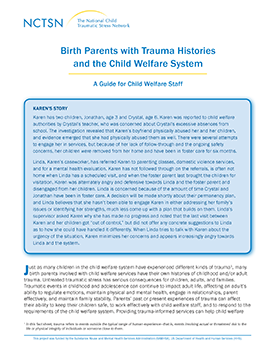
Highlights the importance of understanding the serious consequences that trauma histories can have for birth parents and the subsequent potential impact on their parenting. This fact sheet is for child welfare workers.

Discusses various topics related to childhood traumatic grief. This webinar series offers information on common reactions after loss, as well as responses that are more severe, prolonged, and interfere with a child's functioning.
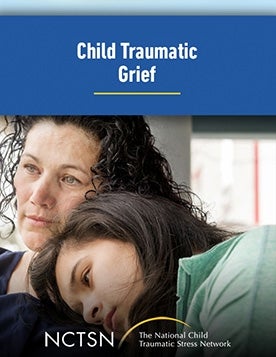
Discusses how to recognize the uniqueness of the loss and grief American Indian children and communities experience. This webinar is framed within the context of intergenerational trauma, grief, and loss.
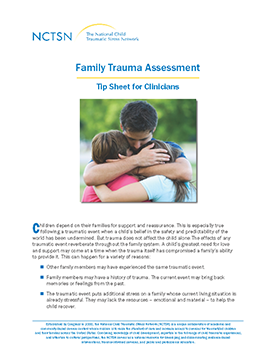
Details the importance of a trauma assessment when families have experienced a trauma and guides clinicians in the assessment process.
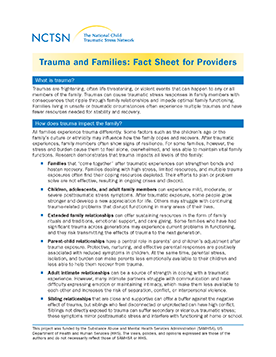
Offers providers information about trauma including what trauma is, how it can impact a family, and ways providers can support families experiencing traumatic stress.
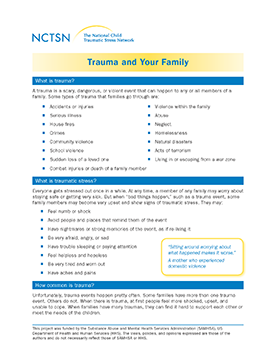
Offers parents and caregivers information about trauma. This fact sheet defines traumatic stress and describes how common it is, how it can impact a family, and things a family can do to cope with traumatic stress.
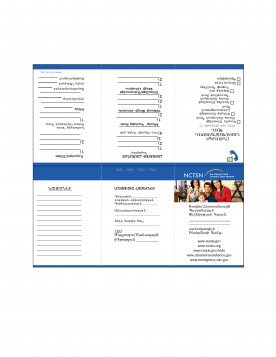
Allows families to list important telephone numbers and other information that could be useful in the case of an emergency. Each member of the family should carry these cards with them at all times in case an event occurs and all family members are not together.
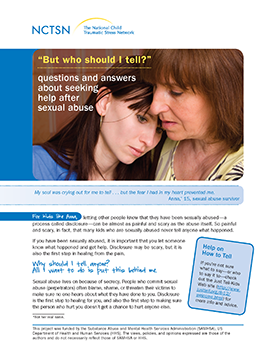
Discusses the options teens have after sexual abuse. This fact sheet provides information on whether or not to tell, who to go to for help, and what resources are available for support. It provides information for sexual abuse survivors about the process of disclosure.
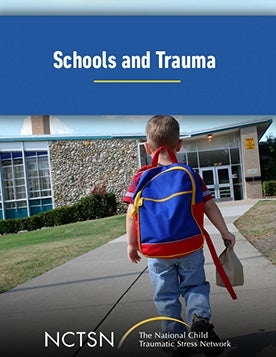
Discusses trauma-informed assessment in schools, differential diagnosis, and trauma-informed IEPs (Individualized Education Plans).